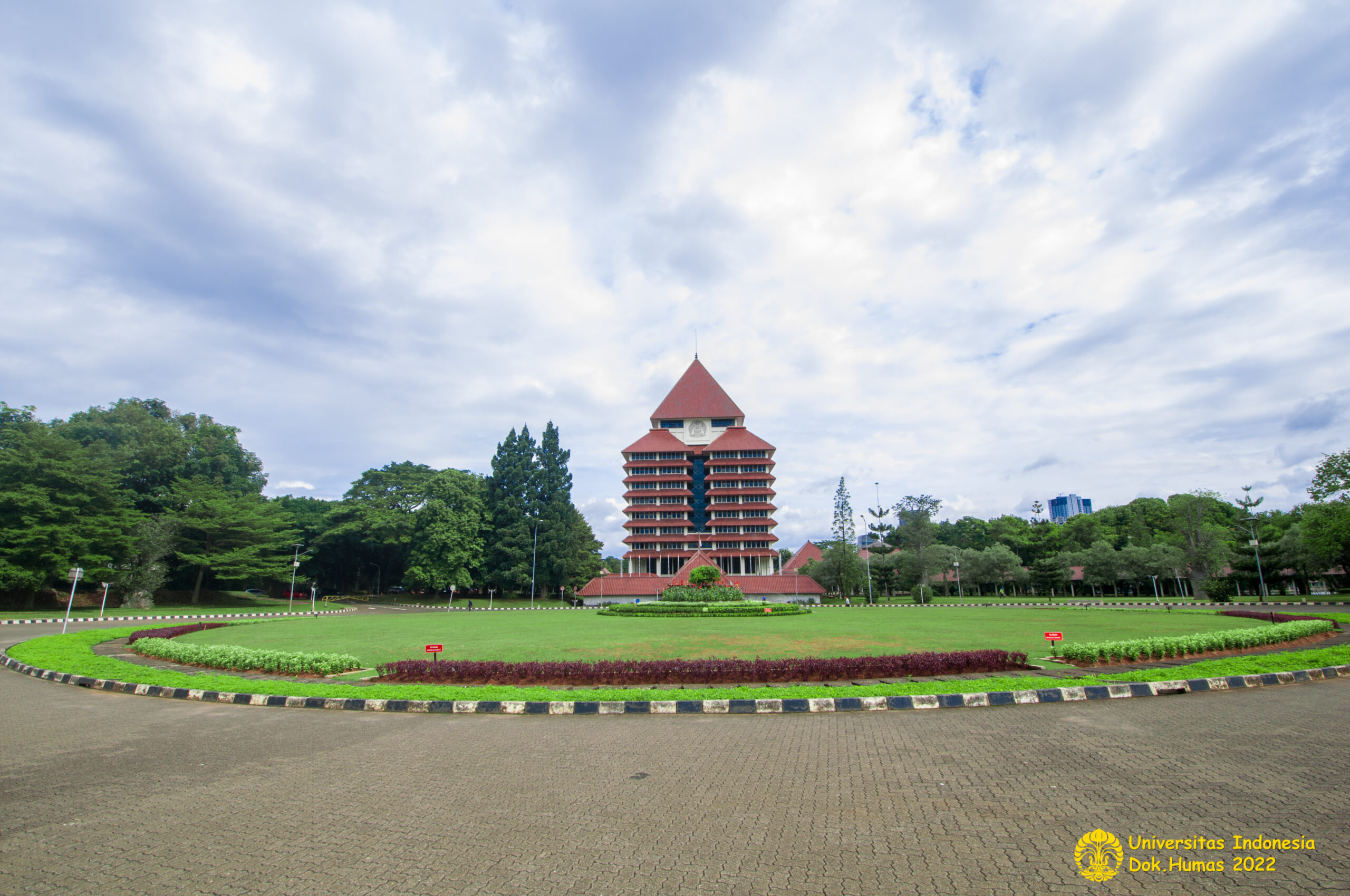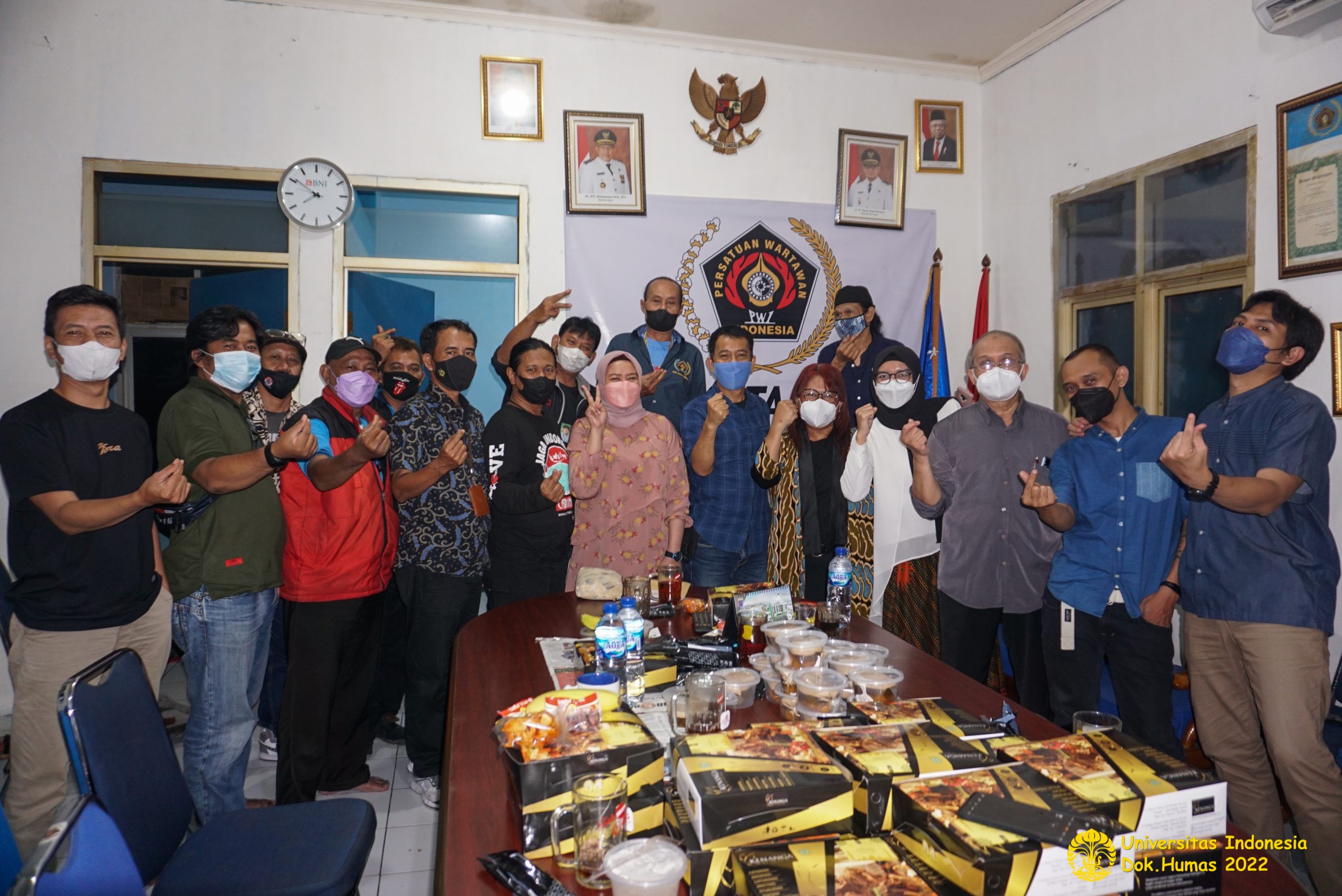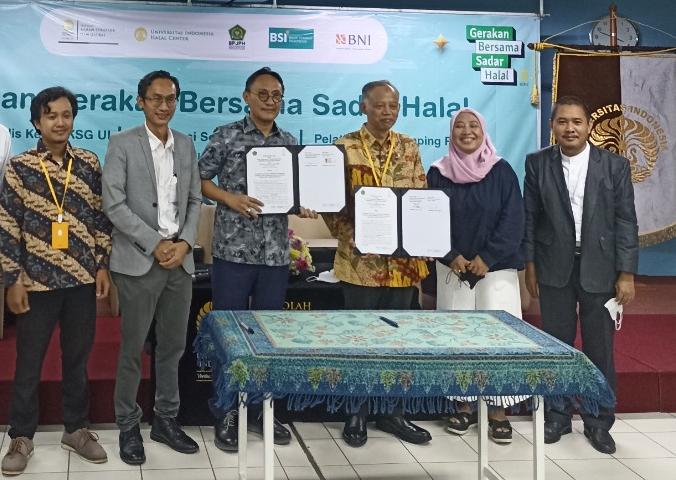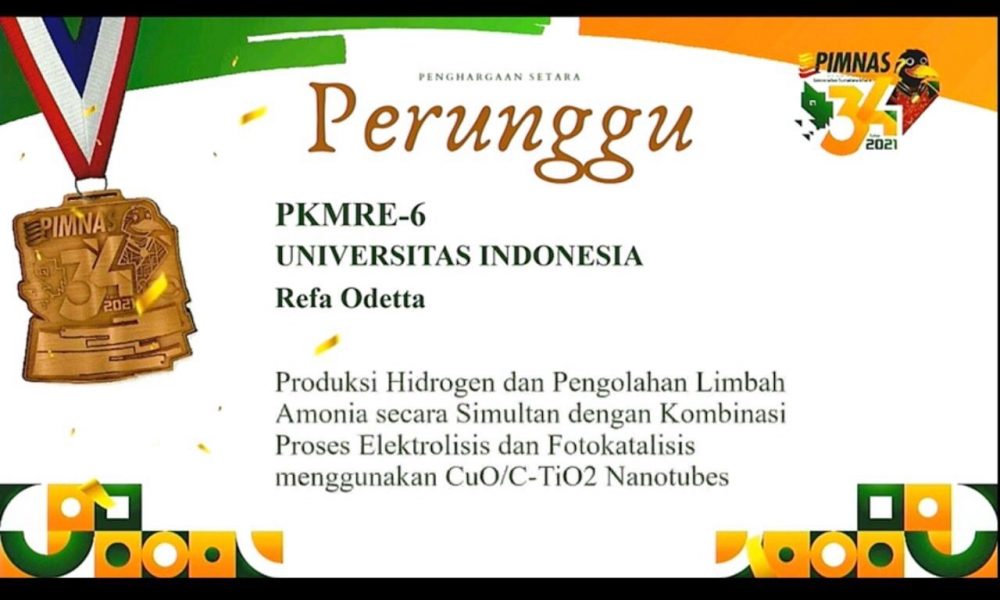
The significant increase in energy consumption, on the other hand, has led to the discovery of affordable renewable energy sources. The discovery of hydrogen as an alternative fuel offers a prospective opportunity to address these energy needs. Departing from this problem, three students of the Department of Chemical Engineering, Faculty of Engineering, Universitas Indonesia (DTK Faculty of Engineering) offered the innovation of Photoelectrocatalysis technology as an interesting new alternative solution synergistically in overcoming the problem of energy needs and waste through hydrogen production as well as handling ammonia waste.
They presented this innovation in a proposal titled “Hydrogen Production and Ammonia Waste Treatment Simultaneously by Combining Electrolysis and Photocatalysis Processes using CuO/C-TiO2 Nanotubes.” Thanks to this research, they won the Bronze Medal in the category of Student Creativity Program – Exact Research (PKM-RE), PIMNAS 34 which was held in a hybrid from the University of North Sumatra at the end of October.
The Faculty of Engineering team consisted of Raissa Samara (Chemical Engineering 2017), Refa Odetta (Chemical Engineering 2018) and Haura Alifia (Bioprocess Engineering 2018) under the guidance of Faculty of Engineering Professor, Prof. Dr. Ir. Slamet, MT. In this competition organized by the National Achievement Center (Puspresnas), the FEngteam competed against 3,126 students divided into 735 teams from 108 universities in Indonesia.
“Unlike fossil fuels, which are closely related to global climate change through CO2 emissions, hydrogen combustion emissions are dominated by water vapor. Currently, hydrogen production is still dominated by conventional processes such as steam reforming with high temperatures which tend to be expensive due to high energy requirements. Photocatalysis offers an alternative process for efficient and environmentally friendly hydrogen production by utilizing photon energy for activation at room temperature,” Raissa said.
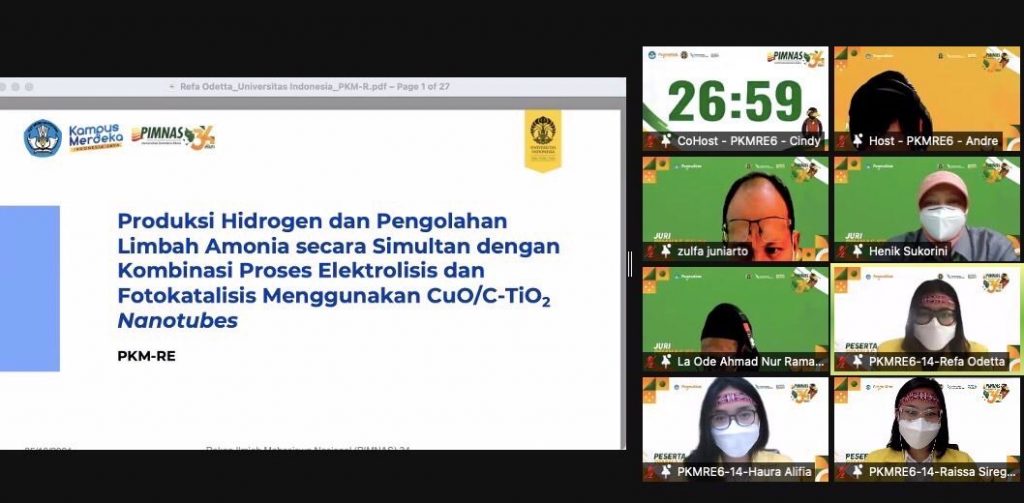 “In addition, we also found that ammonia is often found in various types of industrial wastewater and is released in excess into open waters which causes eutrophication. Several methods have been applied to degrade ammonia from wastewater, including water stripping, ion exchange, chlorination, and nitrification-denitrification. However, this method is often very costly with dangerous by-products. The photocatalyst semiconductor was found to have excellent performance with good economic value in degrading ammonia to harmless components such as hydrogen and nitrogen,” said Odet.
“In addition, we also found that ammonia is often found in various types of industrial wastewater and is released in excess into open waters which causes eutrophication. Several methods have been applied to degrade ammonia from wastewater, including water stripping, ion exchange, chlorination, and nitrification-denitrification. However, this method is often very costly with dangerous by-products. The photocatalyst semiconductor was found to have excellent performance with good economic value in degrading ammonia to harmless components such as hydrogen and nitrogen,” said Odet.
According to Prof. Slamet, as the supervisor and professor with expertise in Photocatalysis, this innovation has the opportunity as a synergistic breakthrough in hydrogen production as well as degradation of ammonia or other types of waste. This research brings novelty to hydrogen production and effluent degradation that takes place simultaneously with the application of TiO2 as a basic photocatalyst immobilized in the form of nanotube arrays.
The initial selection process and preparation for PIMNAS is carried out at the UI level by collecting PKM proposals submitted to the PKM Center, which are then selected internally. Of the hundreds of proposal titles submitted, 32 will be selected to be funded by the Ministry of Education and Culture, Directorate General of Higher Education. The 32 titles still have to follow several internal reviews by UI reviewers before entering the PKM Progress Assessment (PKP2) selection stage before finally 8 teams are selected to represent UI to PIMNAS 34.

